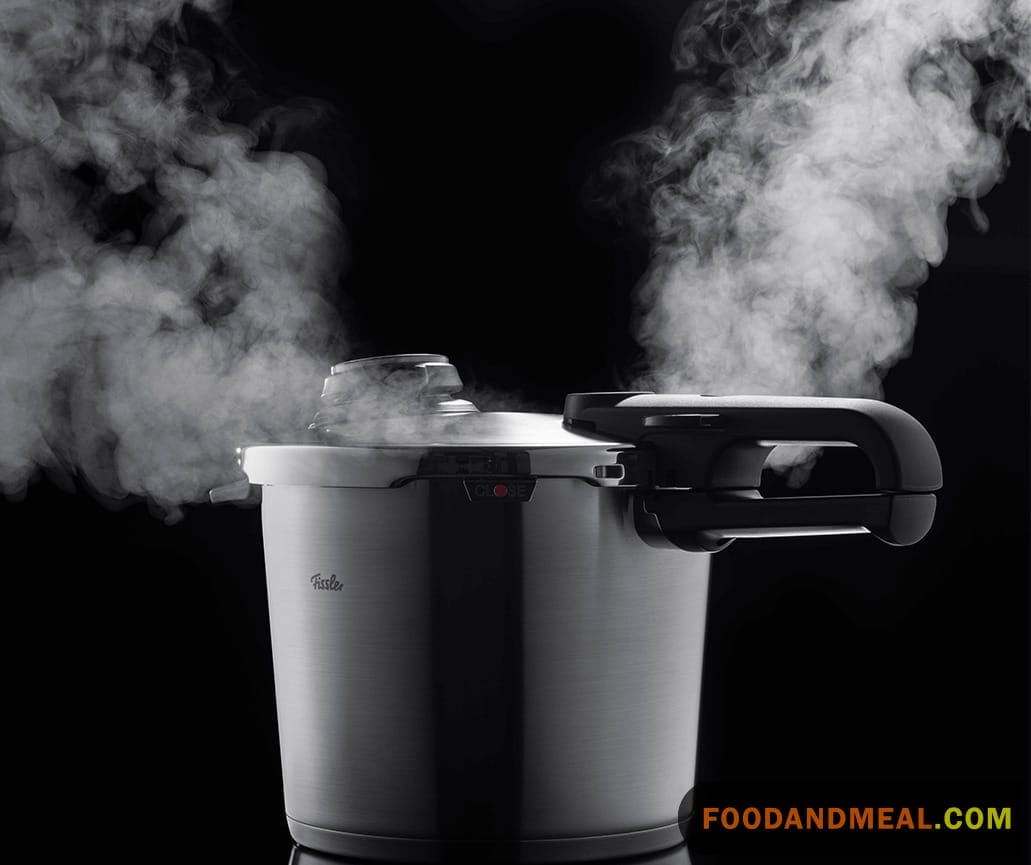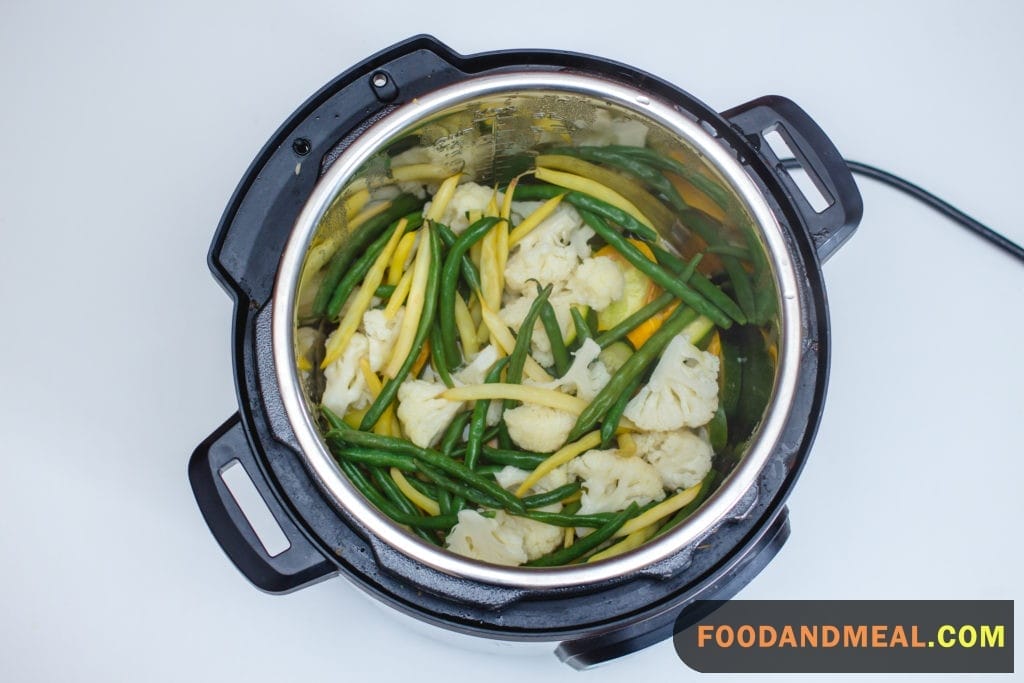One significant advantage that sets a pressure cooker apart from a steamer is its broader applicability across various scenarios and with a more extensive range of ingredients. At Food And Meal, we appreciate this versatility, allowing our kitchen to be more efficient and eliminating the need for several specialized pieces of equipment.
While steamers are predominantly designed for the purpose of cooking vegetables, as highlighted earlier, they indeed excel in this area and offer numerous health benefits compared to traditional boiling methods on a cooktop. However, the distinctive feature of pressure cookers, as we have experienced, lies in their ability to provide these benefits and more, showcasing superior adaptability.
From soups and rice to an array of meats and pulses, we have found that a pressure cooker can handle a diverse range of ingredients, a capability that surpasses the typical functionality of most consumer steamers. This expanded versatility, in our opinion, makes the pressure cooker a versatile and indispensable kitchen tool, streamlining the cooking process for a variety of dishes.
Pressure Cooking with Steam Also Saves a Lot of Time
Perhaps the most interesting distinction we’ve observed between a pressure cooker and a dedicated steamer is how much faster and more effective pressure cooking is than steaming food. At Food And Meal, we have found that pressure cookers are often about ten times more efficient and faster than many other methods of cooking.
The underlying science is straightforward: the higher pressure in a pressure cooker allows food to be cooked at temperatures surpassing the standard boiling point of water. This is made possible by the trapped steam and the significantly reduced amount of water used, resulting in truly impressive culinary outcomes. In our experience, this efficiency not only saves time but also enhances the overall cooking process.
Pressure Cooking vs Steaming: Which is Best?
There isn’t a definitive “best” option, as it largely depends on your specific culinary goals. However, considering its versatility, significantly heightened speed, and the convenience of crafting complete dishes effortlessly, we find that the pressure cooker takes the lead. Offering all the advantages of a steamer and more, it stands as the optimal choice for any household kitchen in our experience at Food And Meal.
FAQs (Frequently Asked Questions) – The Difference Between Pressure Cooking and Steaming
Q: What is the fundamental difference between pressure cooking and steaming?
A: The key difference lies in the cooking method. Pressure cooking uses steam generated under high pressure, while steaming involves cooking food with steam in an open or enclosed environment.
Q: How does pressure cooking work?
A: In pressure cooking, a sealed pot traps steam, which raises the internal pressure and temperature. This results in faster cooking times and helps break down tough fibers in foods.
Q: Is a pressure cooker the same as a steamer?
A: No, a pressure cooker and a steamer are distinct appliances. A pressure cooker uses pressure to cook food rapidly, while a steamer uses steam to cook food in an open or enclosed container.
Q: What types of food are suitable for pressure cooking?
A: Pressure cooking is versatile and suitable for a variety of foods, including grains, beans, tough cuts of meat, stews, and soups.
Q: Can you steam food in a pressure cooker?
A: Yes, many modern pressure cookers come with a steaming function or a separate steamer basket, allowing you to steam vegetables, seafood, and other foods.
Q: How does steaming work?
A: Steaming involves cooking food by exposing it to steam. This can be done in a dedicated steamer, a stovetop pot with a steamer basket, or other steam-cooking devices.
Q: What types of food are suitable for steaming?
A: Steaming is suitable for a wide range of foods, including vegetables, fish, poultry, dumplings, and desserts. It’s a gentle cooking method that helps retain nutrients.
Q: Does pressure cooking or steaming retain more nutrients in food?
A: Steaming is generally considered to retain more nutrients than pressure cooking because the food is not submerged in water, reducing nutrient loss.
Q: Which method is faster, pressure cooking, or steaming?
A: Pressure cooking is usually faster than steaming. The elevated pressure and temperature significantly reduce cooking times.
Q: Can you convert recipes between pressure cooking and steaming?
A: While some recipes can be adapted between methods, it’s essential to consider differences in cooking times, liquid requirements, and the nature of the food being cooked.
Q: Is one method better than the other for preserving flavors?
A: Both pressure cooking and steaming are effective at preserving flavors. The choice depends on the specific characteristics you want in the final dish.
Q: Are there safety considerations with pressure cooking compared to steaming?
A: Pressure cookers require careful handling due to the high pressure involved. Follow safety guidelines provided by the manufacturer. Steaming is generally considered a safer and more straightforward method.
Q: Can you achieve similar results with pressure cooking and steaming?
A: While both methods can cook a variety of foods, they may produce different textures and flavors. Experimenting with each method will help you discover which works best for specific dishes.
Q: Can you use a pressure cooker as a steamer and vice versa?
A: Many pressure cookers have a steaming function or come with a steamer basket, allowing them to be used for steaming. However, using a pressure cooker as a standalone steamer may not be as efficient as dedicated steamers.
Understanding the differences between pressure cooking and steaming helps you choose the best method for your cooking needs and preferences. Both methods offer unique advantages and can be valuable tools in the kitchen.


